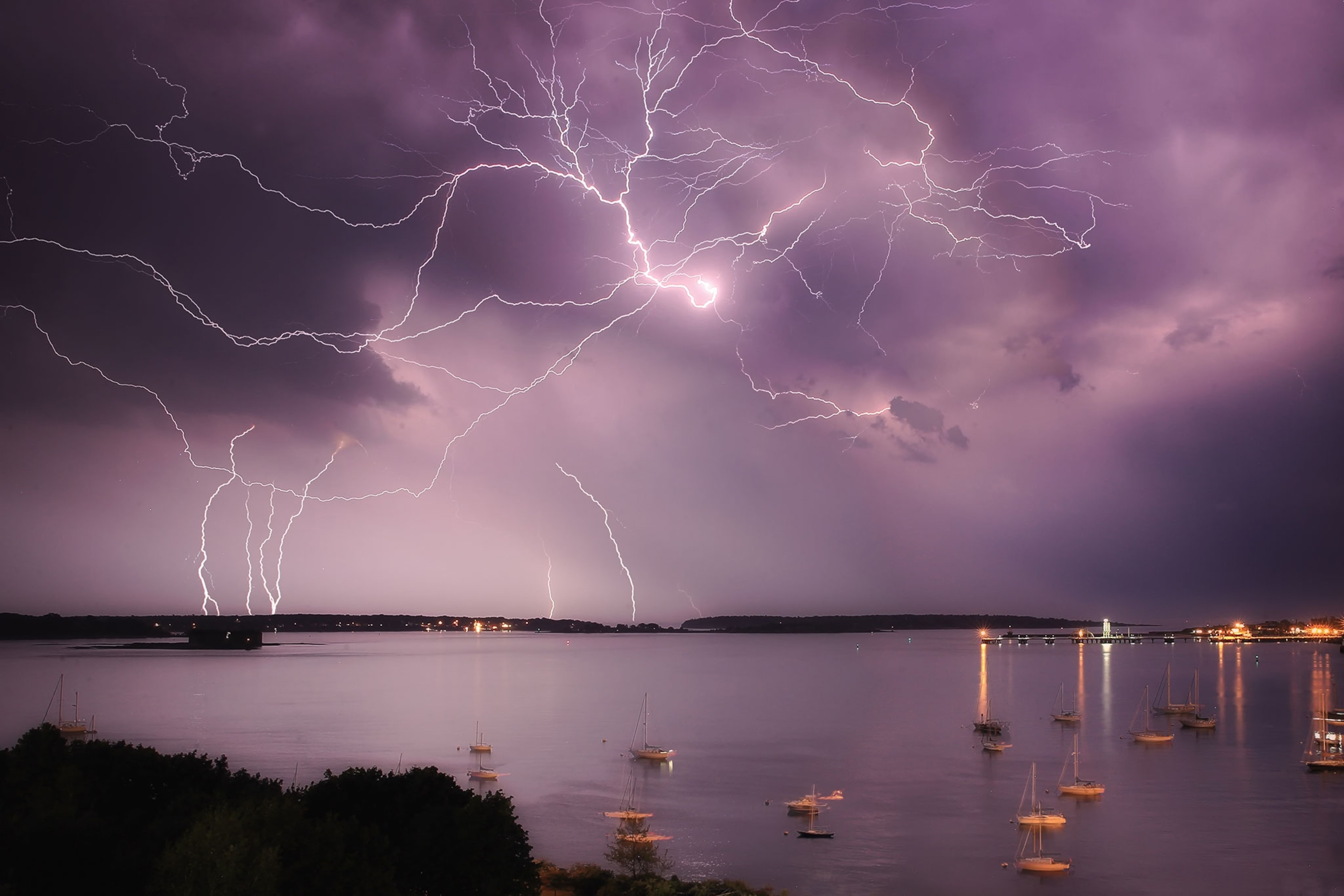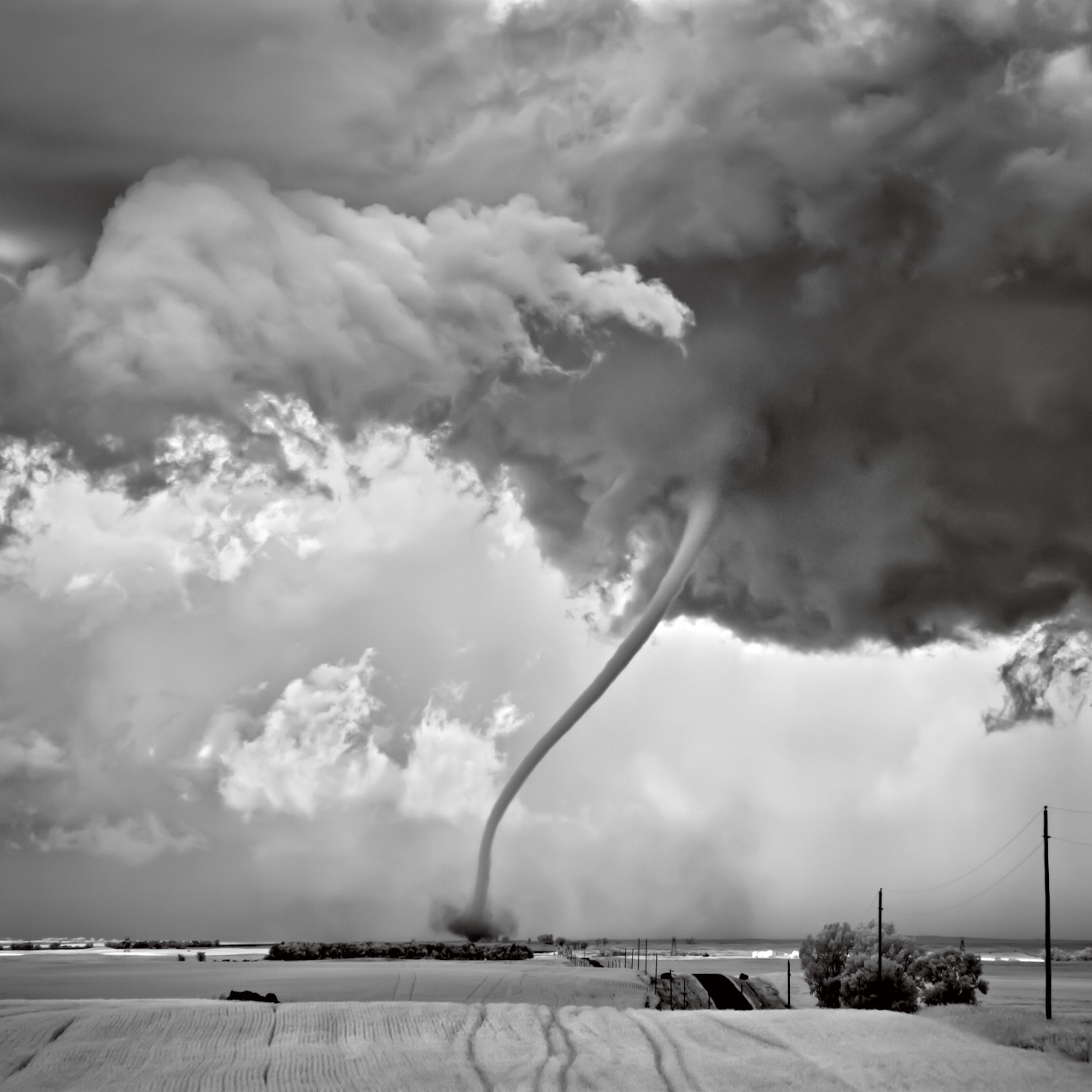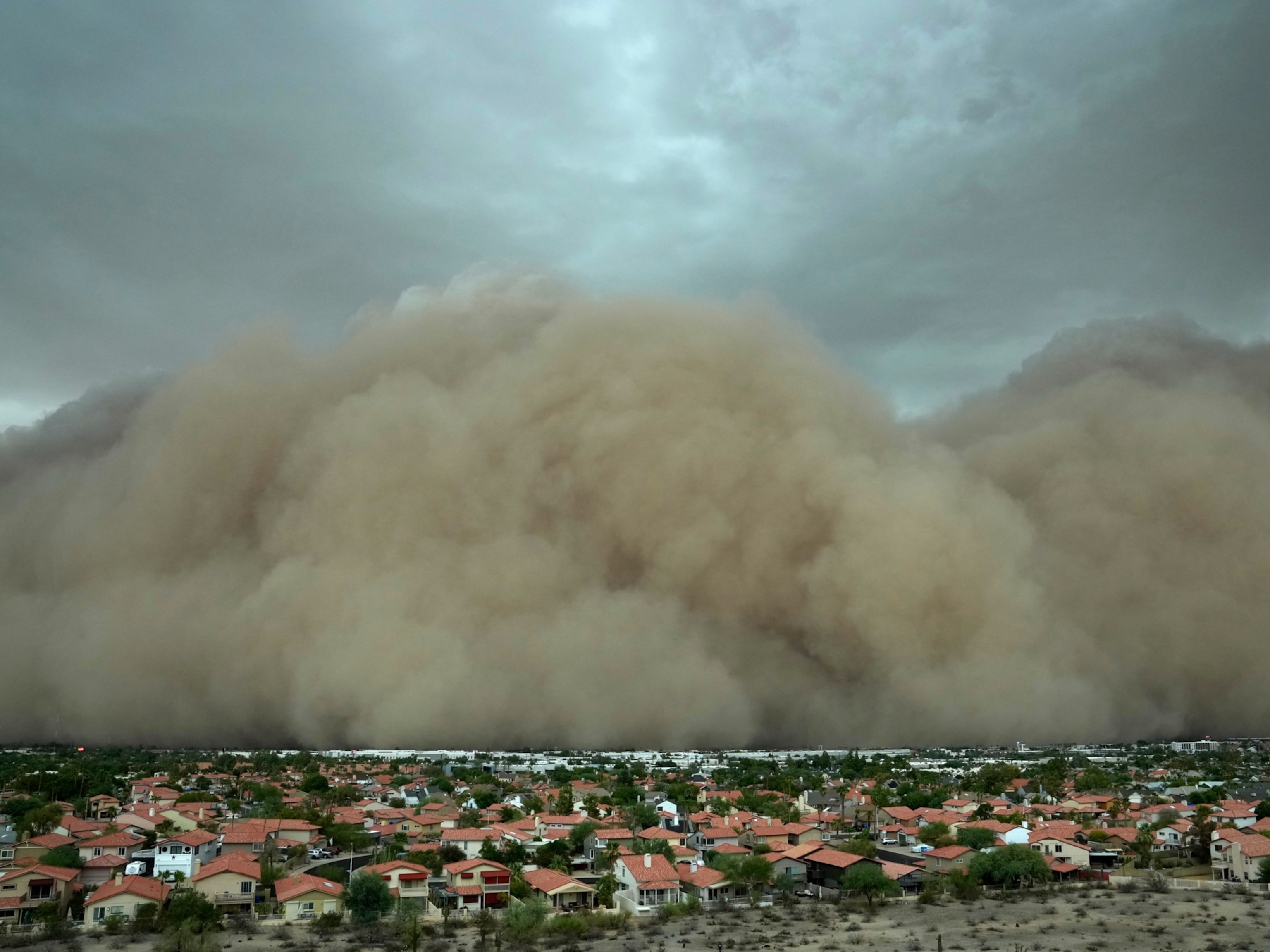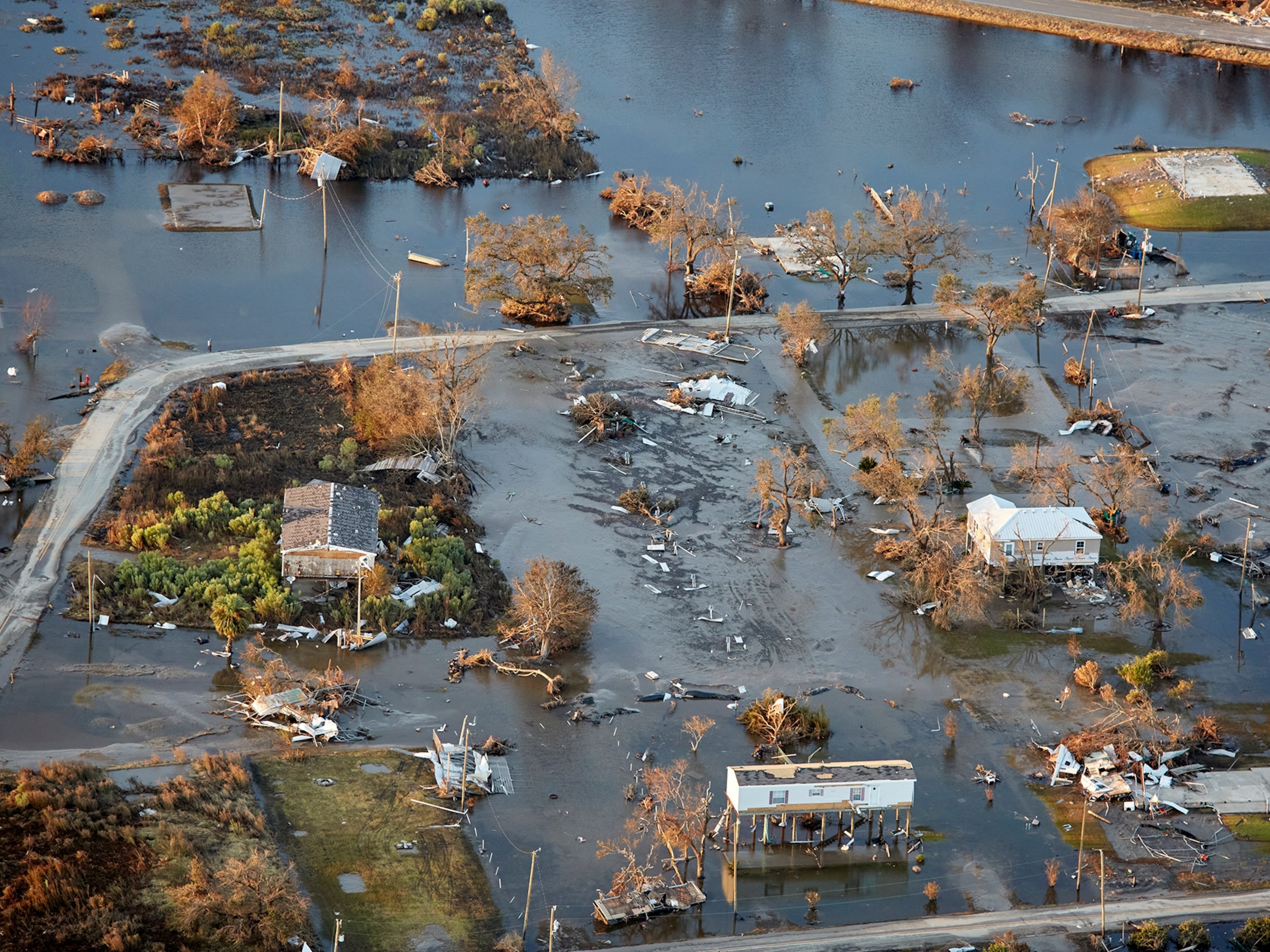What is lightning?
Here’s everything you need to know about lightning, from how it forms to common myths and how to stay safe.

Lightning flashing across a darkened sky makes an unforgettable image. With their drama and power, it’s no wonder people have infused them with symbolic meaning. They’re associated with mythological deities, such as Zeus and Thor, and even an emoji, in popular culture.
In daily life, these electric currents can be dangerous, sparking intense forest fires and causing deaths. It doesn’t help that there are many myths about lightning behavior.
From its causes to safety tips, here’s everything you need to know about these bolts from the blue.
What is lightning and what causes it?
Lightning is an electrical discharge caused by imbalances between storm clouds and the ground, or within the clouds themselves. Most occur within the clouds.
During a storm, colliding particles of rain, ice, or snow inside storm clouds increase the imbalance between storm clouds and the ground, and often negatively charge the lower reaches of storm clouds.
(Summer storms can strike suddenly. Here’s what causes them.)
Objects on the ground, like steeples, trees, and Earth itself, become positively charged. That creates an imbalance that nature seeks to remedy by passing current between the two charges.
These flashes are extremely hot. They can heat the air around it to 50,000 degrees Fahrenheit—five times hotter than the sun’s surface. This heat causes surrounding air to rapidly expand and vibrate, which creates the pealing thunder we hear a short time after seeing a flash.

Types of lightning
Cloud-to-ground bolts are common—about 100 strike Earth’s surface every second. Yet, their power is extraordinary. Each bolt can contain up to one billion volts of electricity.
A typical cloud-to-ground lightning bolt begins when a step-like series of negative charges, called a stepped leader, races downward from the bottom of a storm cloud toward Earth along a channel at about 200,000 mph (300,000 kph). Each of these segments is about 150 feet (46 meters) long.
(The most otherworldly, mysterious forms of lightning on Earth)
When the lowermost step comes within 150 feet (46 meters) of a positively charged object, it is met by a climbing surge of positive electricity, called a streamer, which can rise up through a building, a tree, or even a person.
When the two connect, an electrical current flows as negative charges fly down the channel toward Earth and a visible flash streaks upward, transferring electricity as lightning in the process.
Some types, including the most common types, never leave the clouds. Instead, they travel between differently charged areas within or between clouds. Other rare forms can be sparked by extreme forest fires, volcanic eruptions, and snowstorms.
(See how volcanoes spark spectacular lightning storms)
“Sheet lightning” describes a distant bolt that lights up an entire cloud base. Other visible bolts may appear as bead, ribbon, or rocket lightning.
About one to 20 cloud-to-ground bolts is “positive lightning,” a type that originates in the positively charged tops of storm clouds.
These strikes reverse the charge flow of typical bolts and are far stronger and more destructive. Positive lightning can stretch across the sky and strike “out of the blue” more than 10 miles from the storm cloud where it was born. As a result, positive lightning is one of the rarest types of lightning.
Ball lightning is another rare type. It’s a small, charged sphere that floats, glows, and bounces along, oblivious to the laws of gravity or physics. This type still puzzles scientists.
What happens when lightning strikes
Each year, lightning causes about 24,000 fatalities worldwide. Hundreds more survive strikes but suffer from a variety of lasting symptoms, including memory loss, dizziness, weakness, numbness, and other life-altering ailments.
Strikes can cause cardiac arrest and severe burns, but nine of every 10 people survive. In the United States, the odds of being struck by one is one in a million, according to the Centers for Disease Control and Prevention.
Lightning’s extreme heat will vaporize the water inside a tree, creating steam that may blow the tree apart. It can also send electrical currents quickly through water and metal.
(The science of ‘superbolts,’ the world’s strongest lightning strikes)
Lightning safety tips
Contrary to popular belief, lightning can strike the same spot several times.
When you see lightning or a thunderstorm, the National Oceanic Atmospheric Administration advises people to avoid areas with water, metal objects, and tall trees, especially if you’re working outdoors. Instead of seeking shelter in small structures like sheds, the agency recommends people go indoors.
Many houses are grounded by rods and other protection that conduct a bolt’s electricity harmlessly to the ground. Homes may also be inadvertently grounded by plumbing, gutters, or other materials.
(Follow a Nat Geo Explorer as he tries to capture lightning the moment it strikes)
Grounded buildings offer protection, but occupants who touch running water or use a landline phone may be shocked by conducted electricity.
Cars are havens—but not for the reason that most believe. Tires conduct current, as do metal frames that carry a charge from lightning harmlessly to the ground.
Stay inside for 30 minutes after you last see one or hear thunder. People have been struck by lightning from storms centered as far as 10 miles away.








